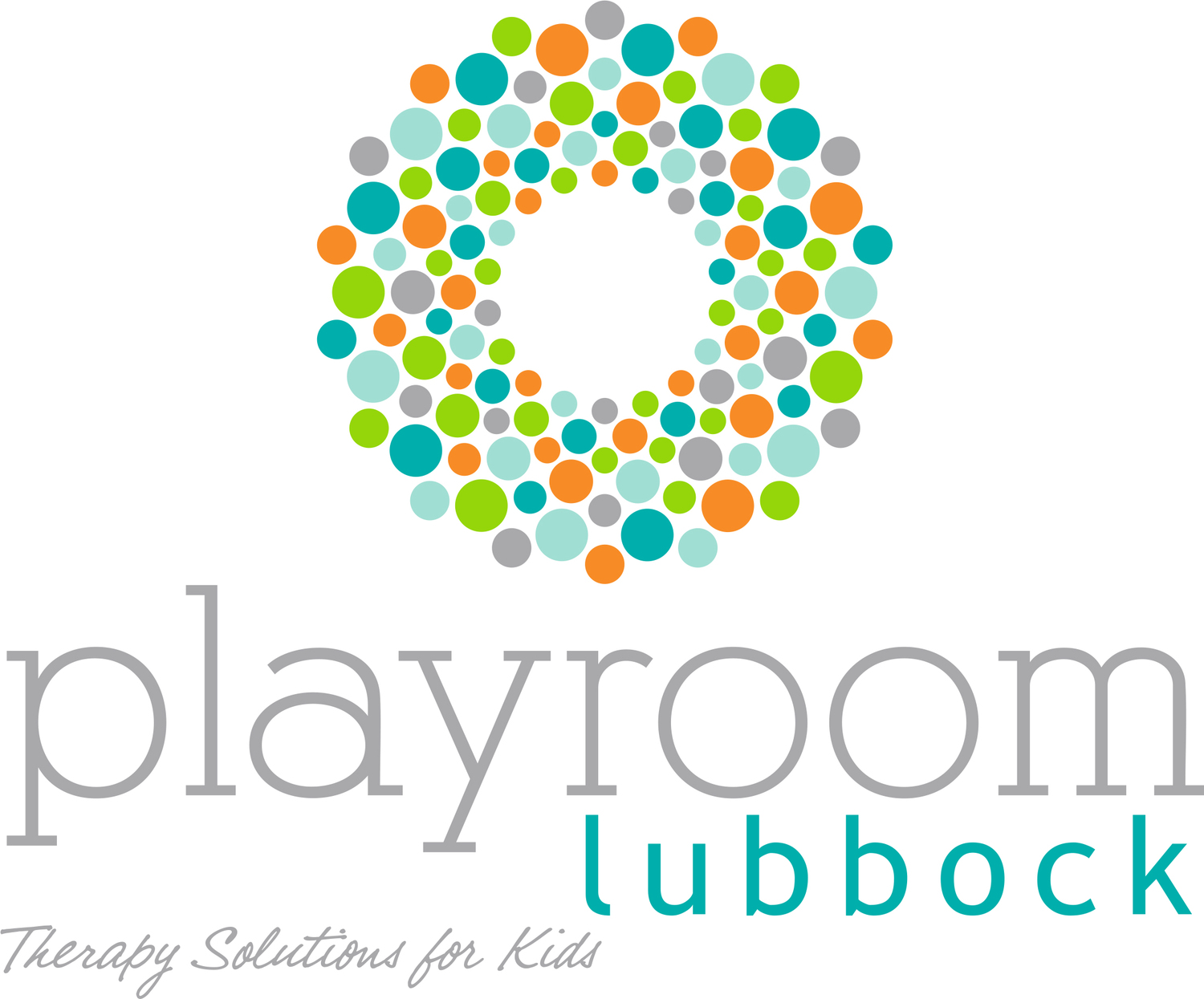Neuroscience is a 'Piece of Cake'
Flipping a lid. Blowing a gasket. Freaking out. Having a cow. Losing your cool. You've heard similar (or worse) idioms. Scientifically, what we intend to say is that our emotions are overriding our prefrontal cortex. Dr. Dan Siegel illustrates the brain using the Hand Model of the Brain and gives us insight into flipping our lids in his book The Whole Brain Child. When parents and children notice and begin to understand the brain, they can change what the brain does.
When the prefrontal cortex is engaged and hugging the limbic system nice and snug (closed fist), we are in tuned to others, flexible, and balanced. Our emotions are regulated. When our limbic system (which controls our emotions) feels threatened or when our "buttons are pushed," it overrides the prefrontal cortex. At this point, the prefrontal cortex can no longer respond because the brain stem and limbic system are reacting--which can be frightening to those around us. We lose reasoning. We lose flexibility. This is where we "flip our lid." (See open hand). A fight/flight/freeze response is on the brink of occurring which in turn may trigger someone else's lid to flip.
Making a Repair
When we realize our emotions are creeping up and pushing on that "lid," we can make a repair. "Name it to tame it" is the secret password to "hold your horses" and engage the prefrontal cortex to respond appropriately and functionally. Both adults and children can learn to identify what the feeling is like just before their lid flips, and in turn, identify what action to take to make a repair: taking a break? breathing? counting? blowing bubbles? Name that feeling. Name that emotional reaction bubbling up and tame it.
Find empathy
When we notice someone (perhaps your child) has "flipped his lid" it can help to understand that person's point of view. What is this person experiencing? What is this child feeling? How can I show this person that I hear and understand what he/she is saying and feeling? This shift of perspective creates empathy and a safe, nonjudgmental avenue for that person to tame the emotion and "put a leash on it."
